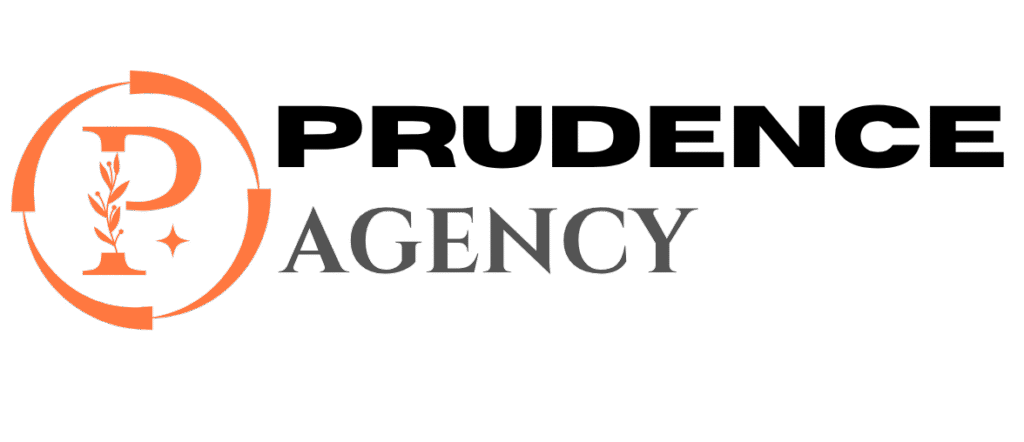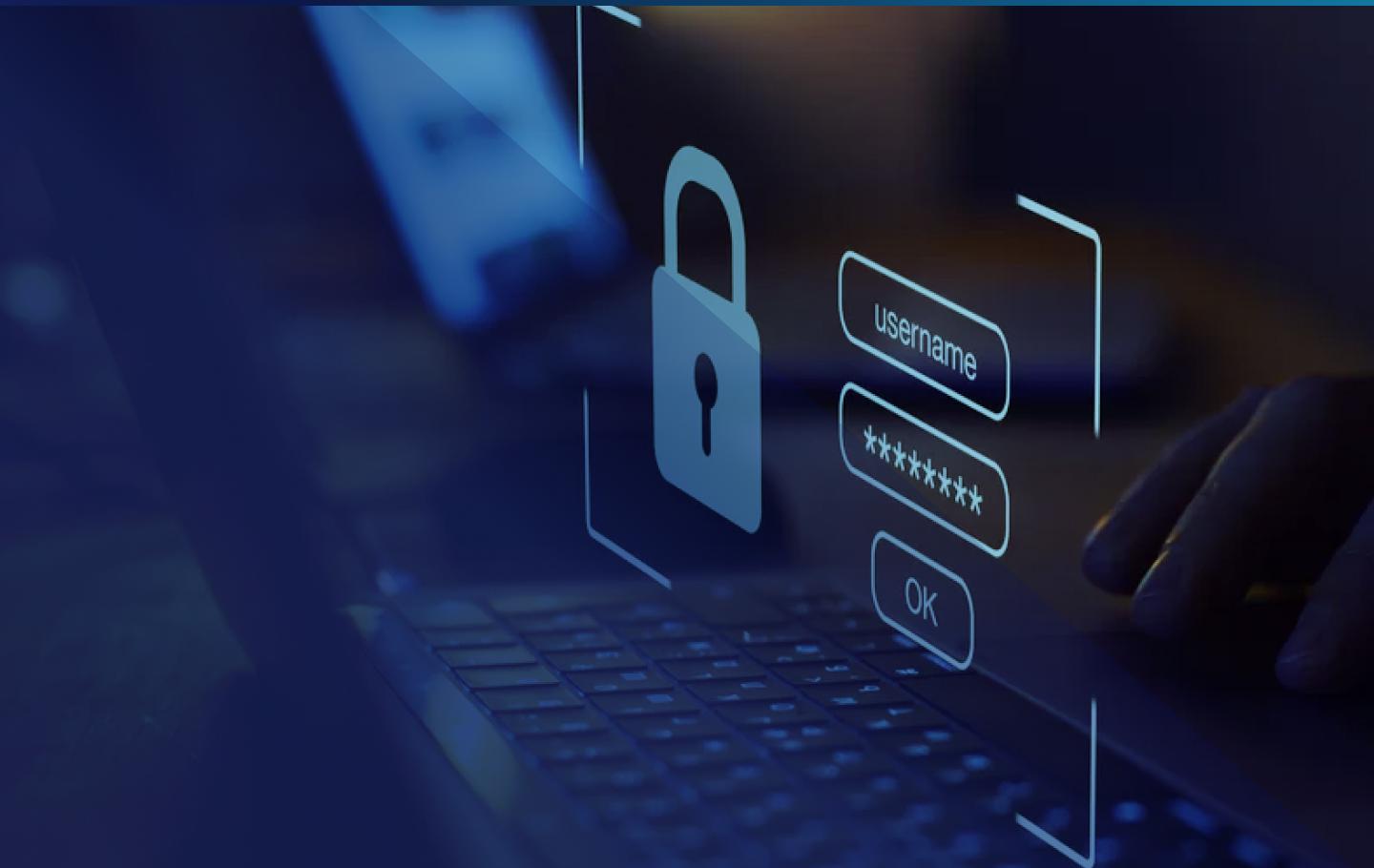Building Secure Websites: Must-Have Features for Ultimate Protection
In today’s digital landscape, website security isn’t just a luxury-it’s a necessity. With cyber threats becoming increasingly sophisticated, building a secure website ensures not only the safety of your data but also the trust of your visitors. Whether you’re a small business owner, a blogger, or managing an enterprise-level site, understanding the essential security features can protect your digital presence and reputation.
Why Website Security Matters
Before diving into the must-have features for securing your website, it’s important to understand why website security is critical:
- Protect sensitive data: Including user information, payment details, and login credentials.
- Prevent hacking and malware: Avoid defacement, data theft, ransomware, or blacklisting.
- Maintain SEO rankings: Google penalizes websites infected with malware by lowering their search rankings.
- Build customer trust: Visitors are more likely to engage with a secure website protected by SSL.
Top Must-Have Features for Building Secure Websites
1. HTTPS & SSL Certificate
HTTPS (HyperText Transfer Protocol Secure) is the foundation of website security. An SSL (Secure Socket Layer) certificate encrypts data sent between your website and the user’s browser, protecting information from interception.
- Always install a valid SSL certificate to enable HTTPS on your site.
- Renew certificates regularly to avoid security warnings.
- Consider using Let’s Encrypt for free SSL certificates.
2. Web Application Firewall (WAF)
A WAF filters and monitors HTTP traffic between a web application and the internet. This helps block malicious attacks like SQL injection, cross-site scripting (XSS), and bots.
- Popular options include Cloudflare WAF and Sucuri Firewall.
- A WAF provides another security layer, preventing attacks before they hit your server.
3. Secure User Authentication and Authorization
Strong authentication mechanisms reduce the risk of unauthorized access.
- Implement strong password policies (minimum length, complexity).
- Use Two-Factor Authentication (2FA) wherever possible.
- Limit login attempts to prevent brute-force attacks.
- Apply the principle of least privilege for user roles and permissions.
4. Regular Software Updates & Patching
Outdated software is one of the biggest vulnerabilities for websites. This includes your CMS, plugins, themes, and server software.
- Stay up to date with the latest software versions for WordPress, Joomla, Drupal, or custom-built CMS.
- Configure automatic updates when possible or set reminders for manual updates.
- Remove unused or deprecated plugins and themes immediately.
5. Data Encryption Beyond HTTPS
Encrypt sensitive information stored in databases to protect it even if your servers are compromised.
- Use encryption protocols like AES-256 for data at rest.
- Ensure backups are encrypted and stored securely.
- Avoid storing plaintext passwords; use salted hashes like bcrypt.
6. Security Headers Implementation
Implementing security headers in HTTP responses can reduce risks of common vulnerabilities.
Content-Security-Policyto prevent XSS attacks.X-Frame-Optionsto protect against clickjacking.Strict-Transport-Security (HSTS)to enforce HTTPS.X-Content-Type-Optionsto prevent MIME-sniffing.
7. Secure Hosting Environment
Your website’s security depends greatly on the hosting environment.
- Choose reputable hosting providers offering strong security features.
- Check if the host provides daily backups, malware scanning, and firewall protection.
- Prefer isolated environments like VPS or dedicated servers over shared hosting.
- Consider managed WordPress hosting providers with enhanced security layers.
8. Backup & Disaster Recovery Plan
Regular backups ensure you can quickly restore your site after a security incident.
- Backup website files and databases frequently, ideally daily.
- Store backups off-site or in the cloud.
- Test backups regularly for data integrity and restore capabilities.
Quick Comparison of Essential Security Features
| Feature | Primary Benefit | Priority Level |
|---|---|---|
| HTTPS & SSL | Data encryption in transit | High |
| Web Application Firewall | Blocks harmful traffic | High |
| Strong Authentication | Prevents unauthorized access | High |
| Regular Updates | Fixes known vulnerabilities | High |
| Security Headers | Protects against attacks like XSS | Medium |
| Secure Hosting | Foundation for overall security | High |
| Backup Plan | Quick recovery from incidents | High |
Practical Tips for Strengthening Website Security
Besides the core features, here are actionable tips to further enhance your website security:
- Use security plugins: For WordPress, plugins like Wordfence, iThemes Security, or Sucuri add multiple layers of protection.
- Disable directory indexing: Prevent attackers from browsing your file structure.
- Enforce secure file permissions: Limit read/write access on server files.
- Monitor logs: Regularly review login activity and server logs for suspicious behavior.
- Educate your team: Security awareness among your team minimizes risks from phishing and social engineering.
Case Study: How Implementing These Features Saved a Small Business Website
Consider GreenLeaf Organics, a small e-commerce website specializing in organic products. Before enhancing their security, they suffered a malware attack that led to site downtime and loss of customer trust.
Steps GreenLeaf took immediately:
- Installed an SSL certificate to secure customer transactions.
- Enabled a web application firewall that blocked malicious IPs.
- Switched to a managed WordPress host known for proactive security management.
- Set up daily automated backups with encrypted storage.
- Implemented Two-Factor Authentication for admin accounts.
As a result, GreenLeaf reduced security incidents by 90%, improved customer confidence, and maintained steady traffic growth.
Conclusion: Building a Secure Website Is a Continuous Journey
Building secure websites requires a multi-layered approach involving technology, best practices, and ongoing vigilance. Incorporating must-have features like HTTPS, web application firewalls, strong authentication, and regular updates sets the foundation for robust website security.
Remember, security is not a one-time setup but a continuous effort to adapt to evolving threats. Prioritize your website’s security today to safeguard your data and build trust with your visitors for years to come.











